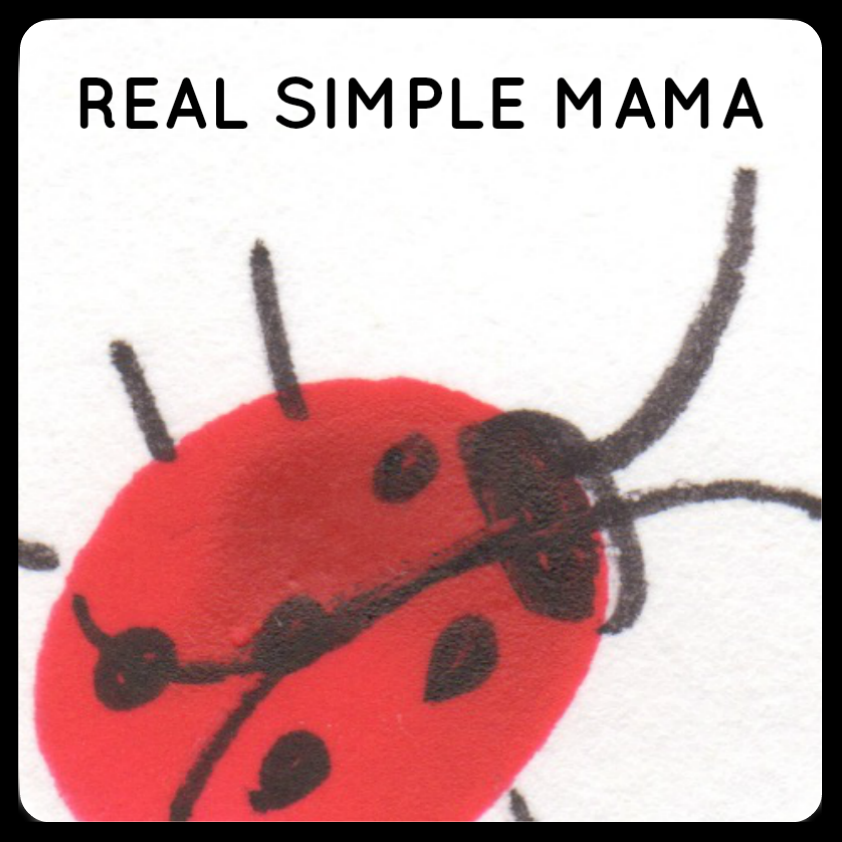Backyard chickens are a hilarious, endearing addition to your family. We love our girls, but we’re still learning lots about them! And when doing our research, we came upon lots of words we didn’t know. So here’s a quick reference guide of some common terms with backyard chickens. Read through this so you are in the know!

Chicken is the name of the species, so technically it can refer to a male or a female.
Chick: a baby chicken, not sex-specific.
Pullet: a female chicken that’s less than a year old. Will grow into a hen.
Cockerel: a male chicken that’s less than a year old. Will grow into a rooster.
Brooder: a temperature-controlled space with food and water for young chicks. Meant to simulate what Mama Hen would provide her young. You can see our homemade brooder below.

Kiddo with our babies, April 2017
Coop: an indoor safe space for chickens to sleep at night; may include roosts, nesting boxes, etc.
Nesting box: a square area reserved for a hen to lay eggs. Not to be used for sleeping or eating. Should be rather small (less than one cubic foot for most birds) so that hens learn to lay and get out. Can have beding like straw or pine shavings.
Roost: a stick or pole off the ground for chickens (male and female) to sleep on at night. They’re biologically designed to want to get off the ground when it gets dark. Each bird should have at least eight inches of space.
Run: an outdoor portion of an enclosure, commonly right next to or under the coop.
Free range: when chickens have the ability to wander in a large yard or space freely. This allows them to eat fresh grass and plants and hunt for bugs.

nesting boxes in the coop over the run
Crumble: one of two styles of chicken feed; this one is in gravel-like size so it’s easy for chickens to peck at, though depending on your method of feeding it may cause more spills or wasted food.
Pellet: the second style of chicken feed; this one comes in larger hard chunks (think rodent food) but can potentially cause less waste.
Grower feed: also called starter feed, this is what all chickens should get from hatch until they’re approximately five months old. This food has a higher percentage of protein.
Starter feed: another name for grower feed (see above).
Layer feed: this is what full-grown chickens (approximately five months old) should eat. It has a smaller percentage of protein since chickens are normally full size by this age, but contains more calcium to help with the production of eggs.
Vent: rear part of the chicken, where they excrete poop and eggs. (Chickens only have one “hole” if you will.) This is essentially the chicken butt.

guess what? chicken butt
Crop: a pouch in the front of the chicken’s chest where food goes after being swallowed. This is a “holding tank” for food until it goes ot the stomach to finish breaking down and being digested. Chickens must be careful to not eat too many bugs with hard shells, long pieces of grass, etc. as the crop can become impacted, or clogged. A crop should never be hard but will feel full or empty depending on when the chicken last ate.
Crest: this is what’s on top of your bird’s head; also called a comb or a tuft, it can be red skin or feathers, depending the breed and sex of the bird. It should be bright and free of mites.
Do you feel smarter now? You should! Let me know what other terms I should add to the list! And be sure to see my other articles on chickens here!










I have been having chickens & turtles coming to my house for about a month now. There’s one chicken that just won’t leave he stays here close to the house. I’m not sure if it’s Male or female but it does crow early in the morning so I assume it’s Male. I have bought some Scratch food plus auto water & feeder containers. I did read they like to perch but I have no idea where he does that. So now I’m fixing an area for him and gave him a name, Mr Lou, LOL!
I want to know if it’s ok that he’s alone? All that for a simple question, LOL!
Hi there! Firstly, turtles are fine being solitary but chickens usually are not. Their instincts tell them to not be out and alone so that may be why you’ve found yourself a new friend! A female does crow if she’s alone (or in a flock without males) but if it’s only in the morning it may be a rooster. And they do like to sleep off the ground at night so he’s probably in a bush or tree. I love that you’ve adopted this guy! It would be great if he could have some buddies, even just two or three. But that’s up to you of course. 🙂 Keep me posted!
I actually meant Turkeys, LOL!
He does have a friend that is now starting to stick around!